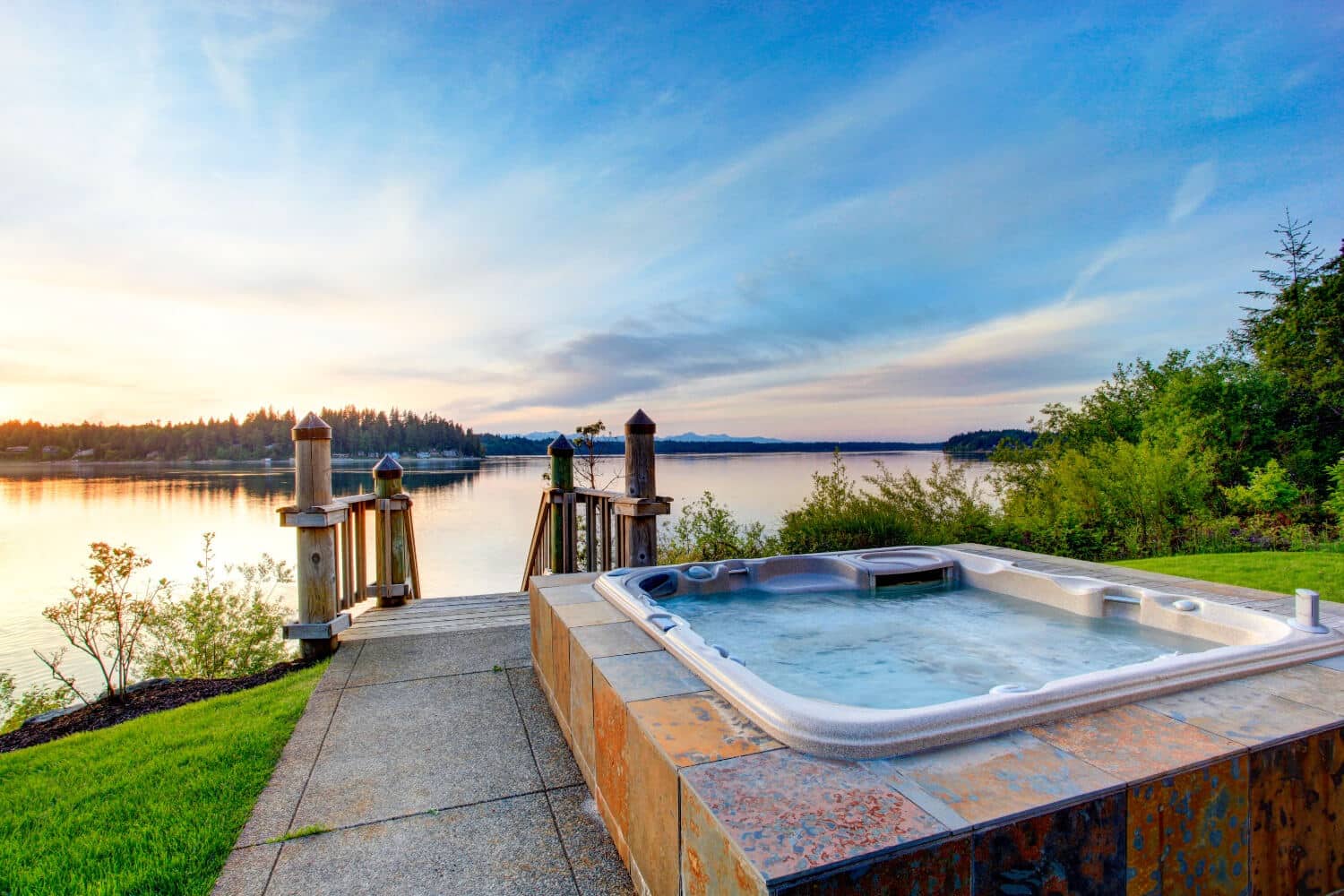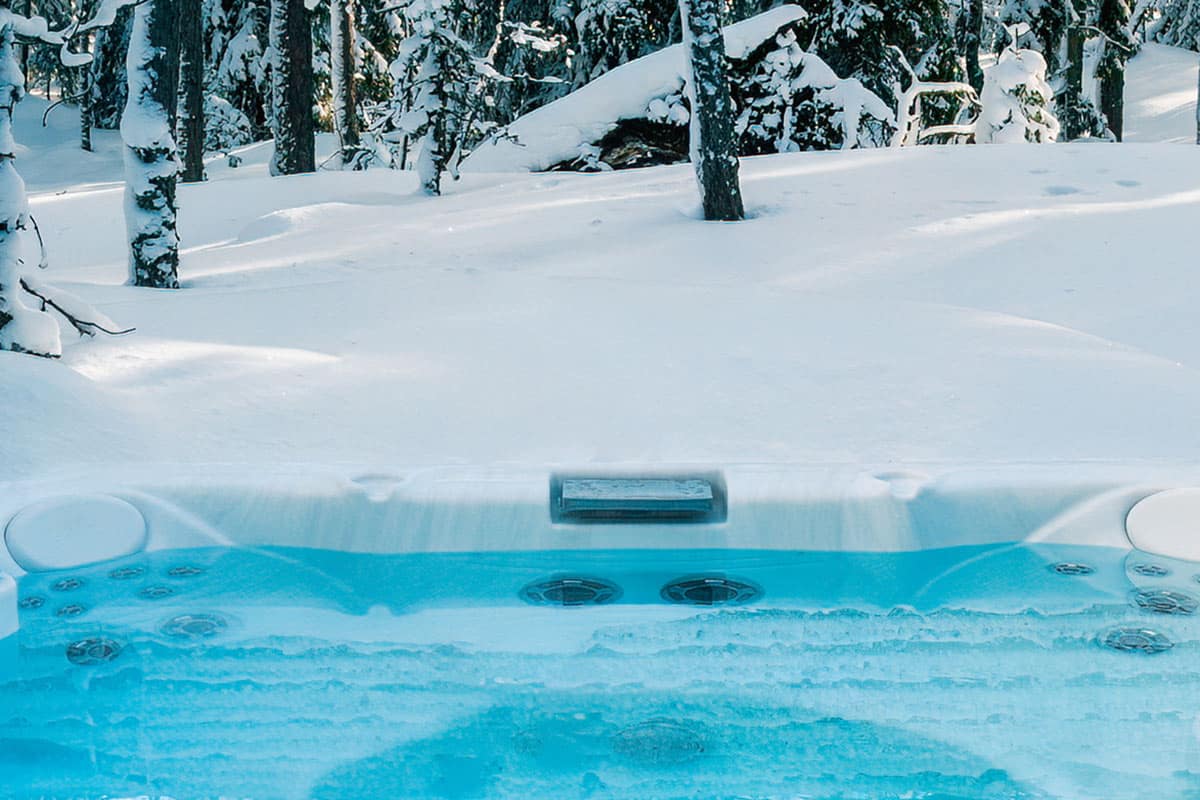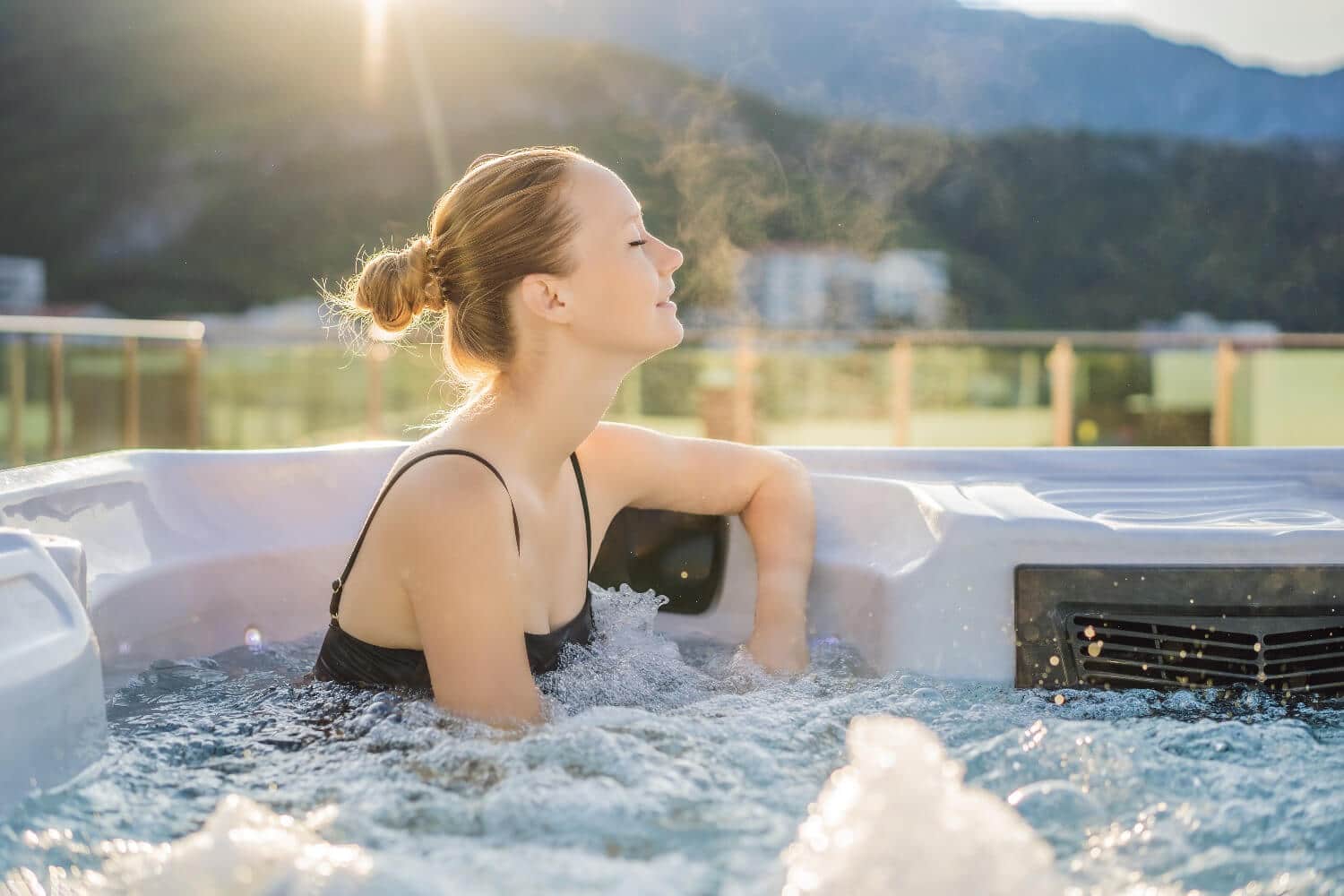Before making a big investment in a hot tub, it’s important to consider several factors. Although hot tubs offer many benefits, such as stress relief, hydrotherapy, increased circulation, alleviation of sore muscles and body aches, comfort for arthritis, relaxation, and entertainment.
To choose the appropriate hot tub, you should take into account the size, capacity, shape, and materials you prefer. Additionally, consider the available space and both the upfront and ongoing expenses. Make sure to look up the plumbing, electrical, and building codes that apply in your state and municipality. If you belong to a homeowner’s association, confirm if they allow hot tubs because some communities may forbid them. Furthermore, some states and municipalities have housing regulations that mandate the installation of fences or other protective barriers around the hot tub to limit access and prevent accidents.
Shape of the tub
There are four main shapes of hot tubs: round, square, rectangular, and triangular. For small tubs that seat one or two people, round hot tubs are the most popular choice. If you are considering an inflatable hot tub, round is the best shape because it evenly distributes water pressure. Hot tubs come in different shapes, each with its own advantages. Square hot tubs have even seating and jets, while rectangular tubs offer more seating options. Both shapes are great for families and entertaining. If you have limited space, triangular tubs are a good choice, especially for a smaller hot tub for 1 or 2 people that can fit into a corner.
Size
To start off, it’s important to determine the number of individuals who will regularly use the hot tub as they come in various models accommodating two-person loungers to larger seven-person hot tubs.
How many people are in your family?
Do you envision having friends over for a soak?
How will you use it most?
When choosing a hot tub, think about how you will use it. If you want to relax alone after work, a smaller hot tub will work. However, if you plan to entertain friends and have them use the hot tub with you, it’s best to get one with a larger capacity.
Cost
The most commonly used materials for hot tub shells, whether portable or in-ground, are vinyl, rotomolded plastic, and acrylic. While other materials like wood, cement, and fiberglass are also used, they are less common. Vinyl shells tend to be shiny and have an average cost of $4,000-$12,000 for traditional hot tubs, whether portable or in-ground. The plastic used for rotomolding has a matte finish and typically costs between $2,000 and $6,000. Acrylic shells are more expensive, ranging from $4,000 to $18,000. For a more affordable option, vinyl and rotomolded plastic can be considered, although vinyl is not as long-lasting and rotomolded plastic requires more heating due to its thinness. Although acrylic is initially more expensive, it offers greater durability and thickness when compared to vinyl and rotomolded plastic.
To summarize, hot tubs offer a great way to de-stress and rejuvenate after a hectic day. They not only promote better health but can also help you relax your muscles. Maintaining and caring for your hot tub is important for its longevity and to ensure many stress-free moments. If you seek relaxation, relief from muscle tension or just want to indulge in some personal time, hot tubs are a perfect option. Treat yourself to a hot tub session and experience its soothing effects and numerous benefits.
Feel free to contact us with any additional hot tub questions/concerns at: https://immerspa.com/contact/





 No products in the cart.
No products in the cart.